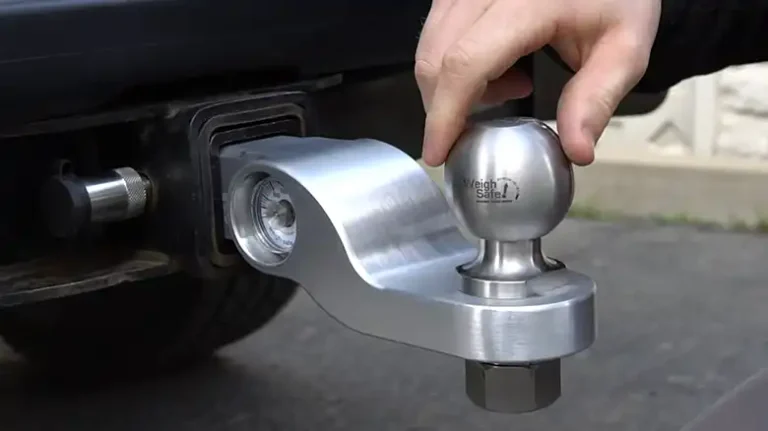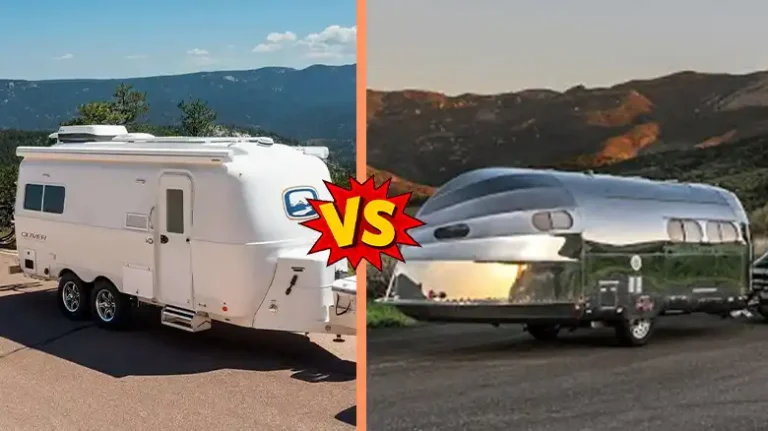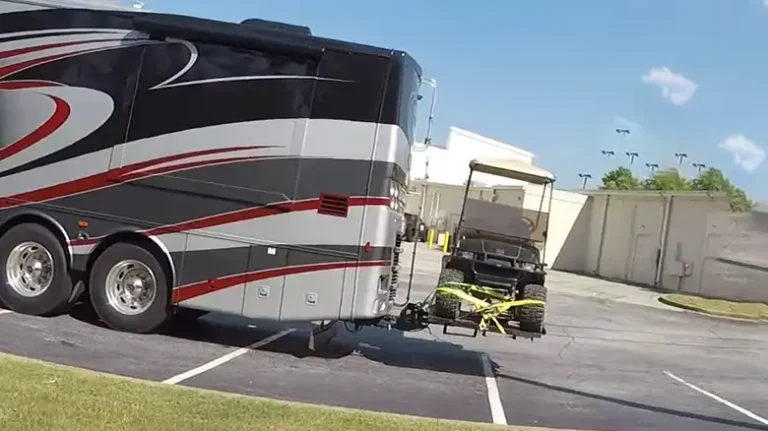Does Utility Trailer Length Include Tongue?
As someone who loves hauling recreational toys and equipment with my truck, I get a lot of questions from friends about measuring trailer length. One key debate is whether trailer length includes that V-shaped metal tongue upfront. I used to just guess at trailer lengths until I really researched how to measure properly. Now I know the tongue is a key part of sizing up a trailer, and I’ll explain why in this article. Let’s dive into the methods for measuring trailer length, when the tongue must be counted, and how to determine proper tongue size.
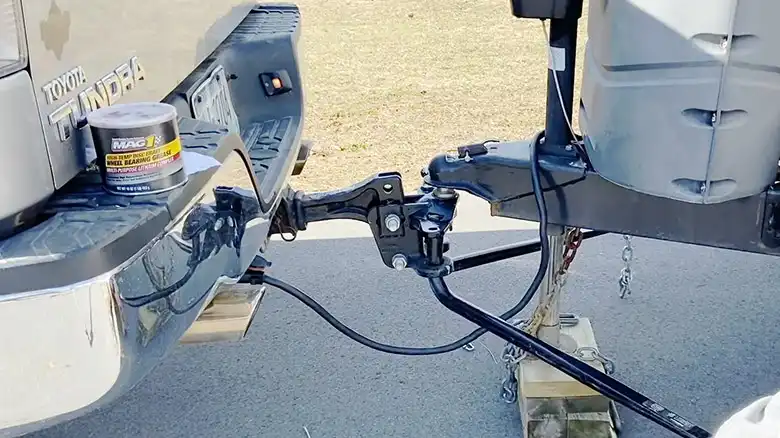
Trailer Length Measurements
As a towable trailer, a utility trailer is used to haul cargo, equipment, materials, etc. It has an open or enclosed box area mounted on a frame with wheels and is attached to a vehicle using a hitch or ball coupling. The tongue is the V-shaped metal extension at the front that connects to the tow vehicle.
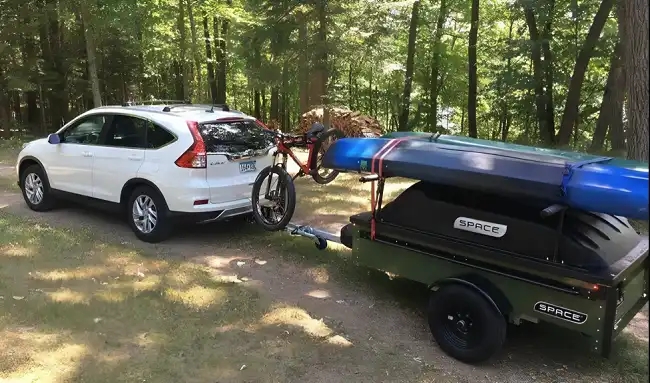
Source: spacetrailers
There are a few different ways trailer manufacturers and owners measure length –
Overall Length – Measures from the tip of the trailer tongue to the very end of the trailer. This includes the tongue.
Box Length – Only measures the cargo area, not counting the tongue.
Frame Length – Measures just the main frame without including detachable parts like the tongue or a rear loading ramp.
So in most cases, the overall length measurement includes the tongue. This is the maximum functional length when towing and maneuvering the trailer. However, box length or frame length may be listed for the main cargo area only.
Why Include the Trailer Tongue?
There are some important reasons the tongue is considered in the total trailer length. First of all, it affects the turning radius. A longer tongue means wider turns. It adds to the total length you need to fit in parking spaces and avoid obstacles. Also, it has an impact on the weight distribution and towing dynamics. For your information, laws regulate maximum trailer lengths including the tongue, and for vehicle towing capacity, the total length matters. A longer trailer tongue places more weight on the rear axle.
So while the tongue itself does not add cargo space, it is an integral part of the trailer’s total length and function.
Trailer Tongue Length
Speaking of the tongue, how long should it be? For utility trailers, the optimal tongue length is usually between 10-15% of the total trailer length.
On a 10 ft trailer, the tongue would be 12-18 inches long. That gives enough length for good maneuvering and weight distribution without being excessive. Some specific trailer types like boat trailers may need different tongue lengths.
I recommend checking the guidelines from your trailer manufacturer on proper tongue length and weight distribution for your particular model.
Backing Up and Maneuvering
The length of the trailer tongue becomes especially important when you need to back up an attached trailer. The geometry between the tow vehicle, trailer tongue, and trailer body affects how the trailer responds to steering inputs when in reverse.
With a short trailer tongue, backing up is very difficult – the trailer will not follow the direction you turn the steering wheel. But as the tongue gets longer, it allows for easier and tighter backup maneuvers.
Of course, a tongue that is too long can make parking and tight turns more difficult. So again, following your trailer maker’s guidelines on tongue length for the specific trailer is key.
Is Trailer Length Limited by Law?
In most jurisdictions, the maximum legal length of a trailer depends on its type and characteristics. For example:
a) In the U.S., a single utility trailer up to 34 ft long including the tongue is acceptable on public roads.
b) If the trailer plus tow vehicle exceeds 65 ft overall, special permits may be required.
c) Some states restrict total trailer length to 80 ft max for all vehicles and trailers.
Always check state-by-state regulations on trailer length limits, including whether the tongue must be counted or not. Laws are intended to limit unwieldy and unsafe trailers on public roads.
Trailer Weight Distribution
Proper tongue length is also important for weight distribution when towing. As a rule of thumb, 10-15% of the total weight of the trailer should be on the tongue. This transfers enough trailer weight to the tow vehicle axle(s) for stability, without overwhelming the tow capacity.
Adding or removing cargo in the trailer will affect the tongue weight. Be sure to balance the load right and connect the trailer correctly to maintain proper percentages.
Excessive tongue weight can lower or overload the rear of the tow vehicle. Too little tongue weight leads to instability like trailer sway.
Ask the Experts!
The topic of utility trailer lengths and tongue measurements can get complicated. To make sure your trailer is set up safely and legally, I suggest –
- Referring to the manufacturer guide for your specific trailer model.
- Consulting with knowledgeable trailer dealers.
- Check your state’s regulations on trailer size limits.
Following the experts’ recommendations is a sure way to get your trailer tongue length and total trailer length right!
Commonly Related Questions
Do I measure a utility trailer including the length of the coupler or hitch?
No, the coupler that connects to the vehicle ball is not included in the length. Measure from the tip of the exposed tongue to the rear end.
Can I reduce the trailer length by cutting or removing the tongue?
Absolutely not! The tongue is a structural piece and is required. Removing it will void warranties and make the trailer unusable and unsafe.
Does trailer length include side marker lights or racks added to the back?
Generally no, but check regulations to be sure. Length is measured to the trailer body or frame end. Extra items attached may or may not add legal length.

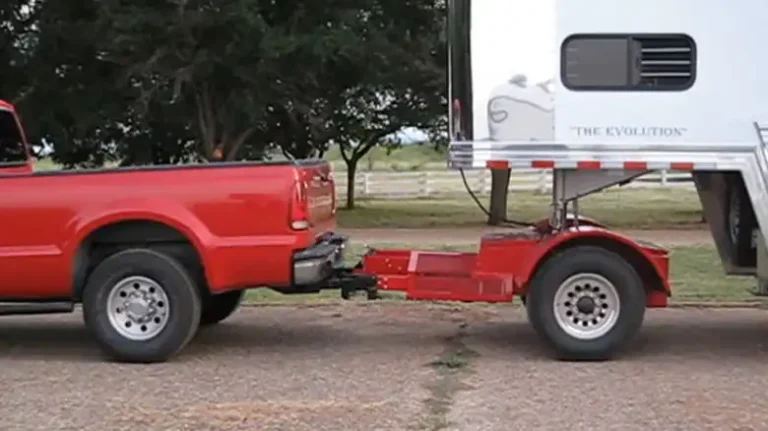
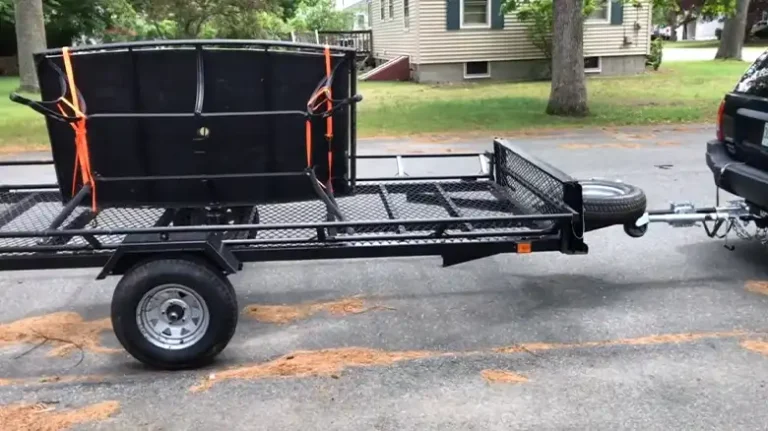
![[Explored] Why Is My Truck Bouncing When Pulling Trailer?](https://www.exploringthelocallife.com/wp-content/uploads/2023/08/Why-Is-My-Truck-Bouncing-When-Pulling-Trailer-768x431.webp)
